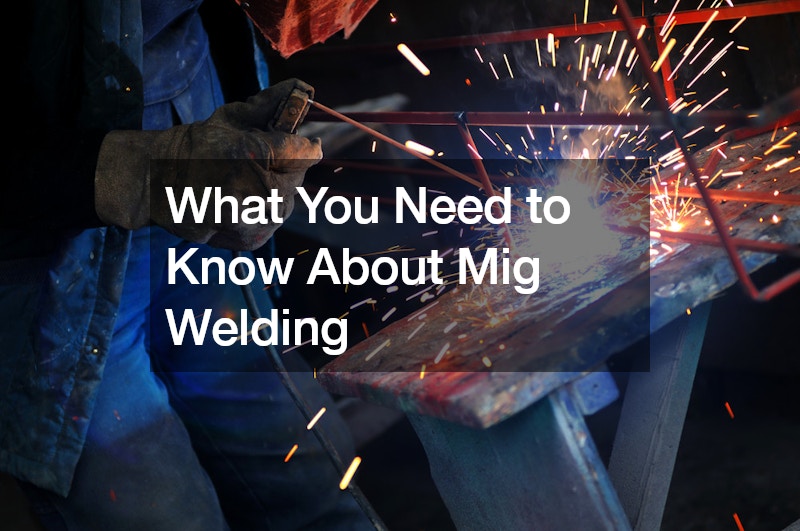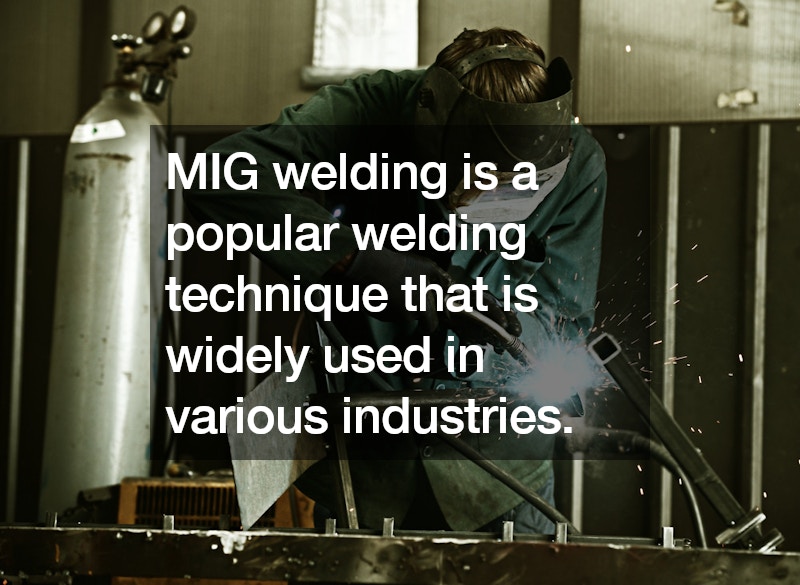
What You Need to Know About Mig Welding

MIG welding, also known as gas metal arc welding (GMAW), is a popular welding technique that is widely used in various industries. This method utilizes a consumable electrode wire that feeds continuously through a welding gun. The wire acts as both the electrode and the filler material, while an inert gas, typically argon or a mixture of argon and carbon dioxide, shields the weld pool from atmospheric contamination.
In MIG welding, the electric arc forms between the electrode wire and the metal being welded, creating a high-temperature weld pool that fuses the base metals together. This process allows for faster welding speeds compared to other methods like Stick welding, making it suitable for both thin sheet metal and thicker materials.
One of the key advantages of MIG welding is its versatility. It can be used on a wide range of metals, including stainless steel, aluminum, and mild steel, making it indispensable in the automotive, construction, and manufacturing industries. However, proper setup and technique are crucial to achieve strong, clean welds without defects.
Understanding MIG welding basics is essential for anyone involved in metal fabrication or repair work. Mastering this technique requires practice and knowledge of welding parameters such as voltage, wire feed speed, and gas flow rate. With its efficiency and versatility, MIG welding remains a cornerstone of modern welding practices.
.





